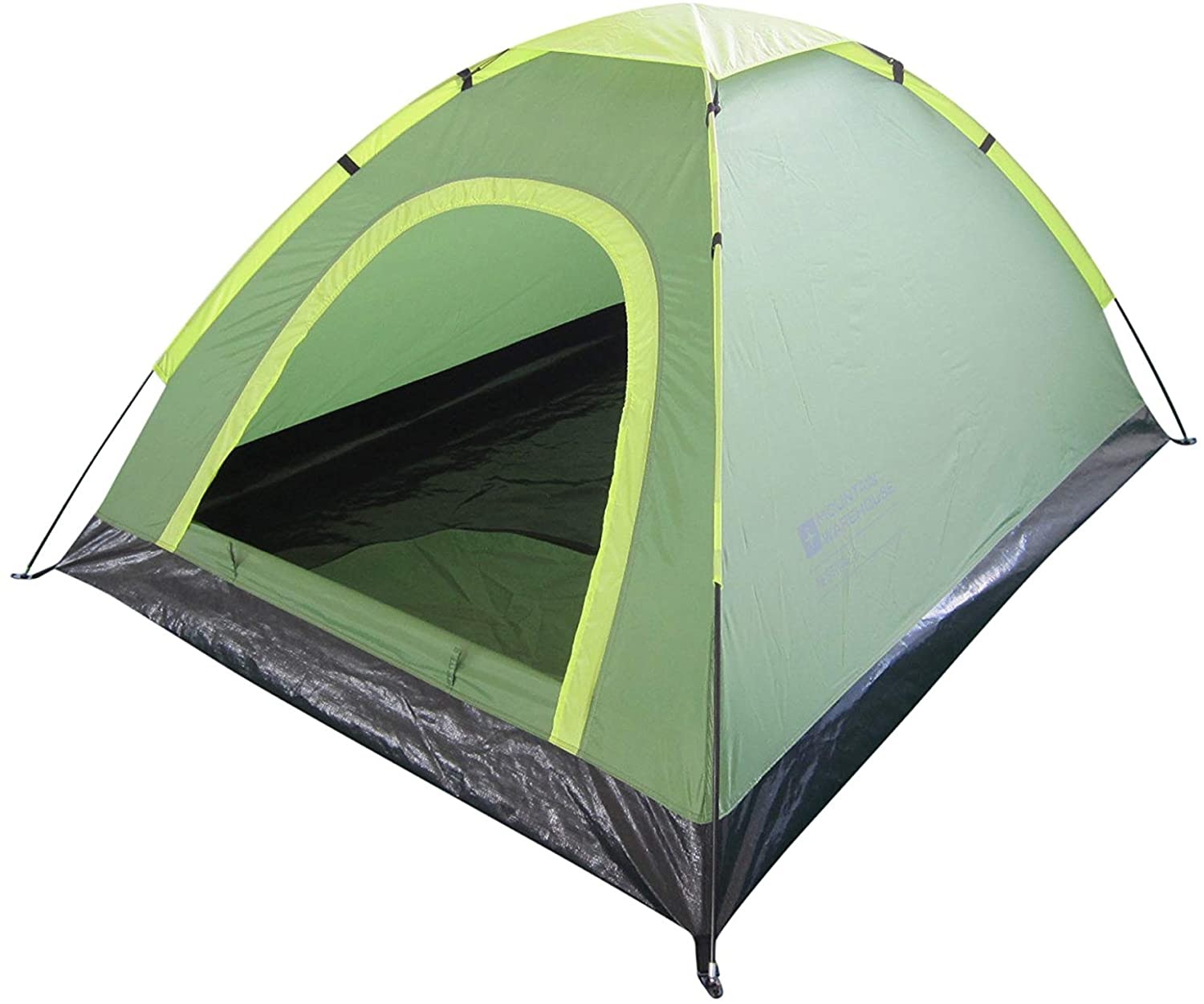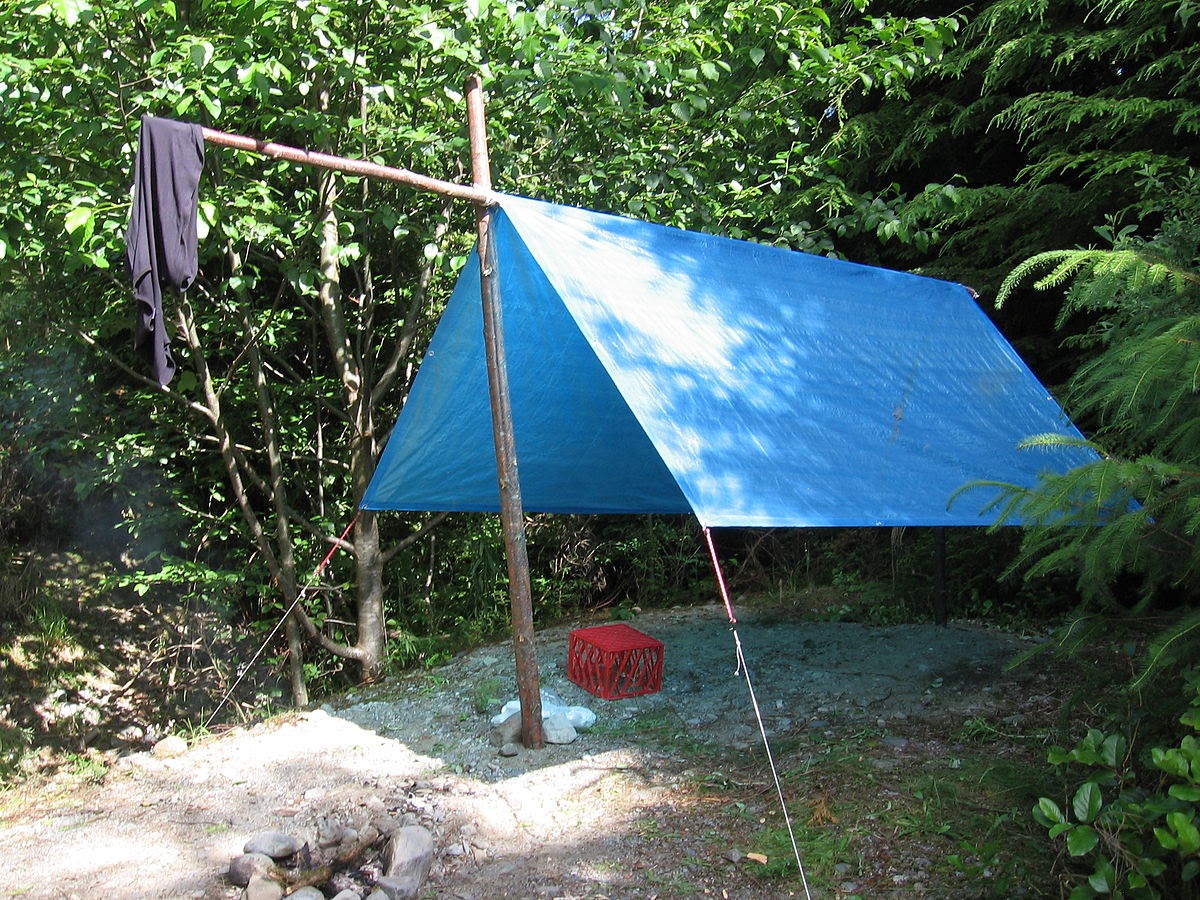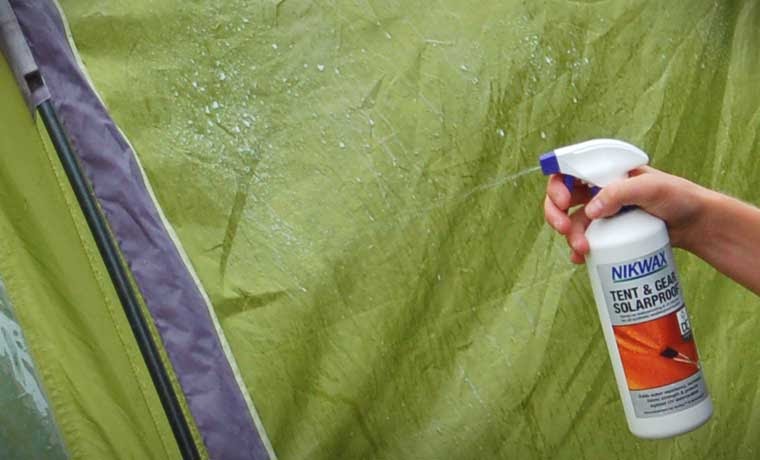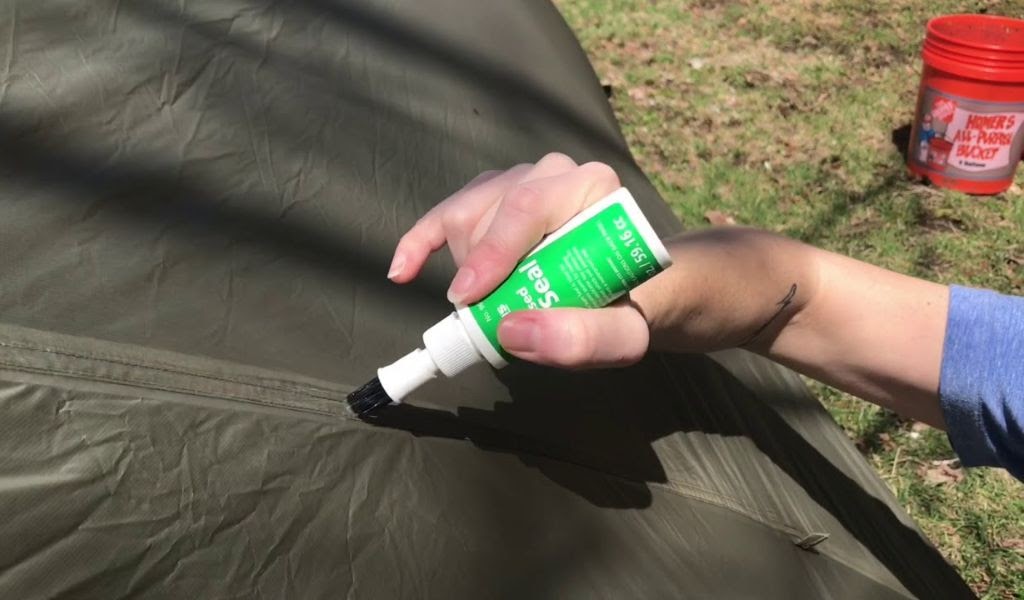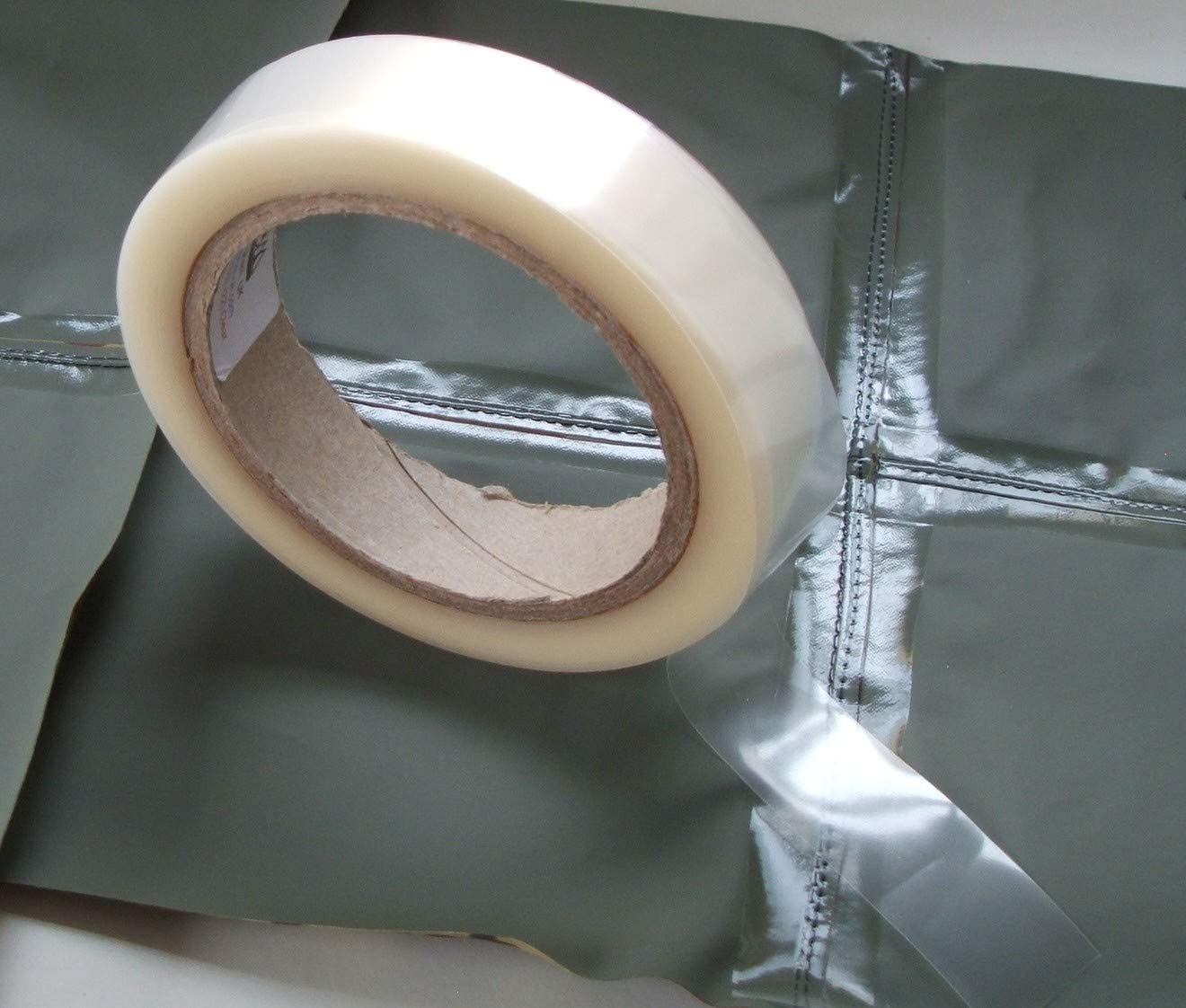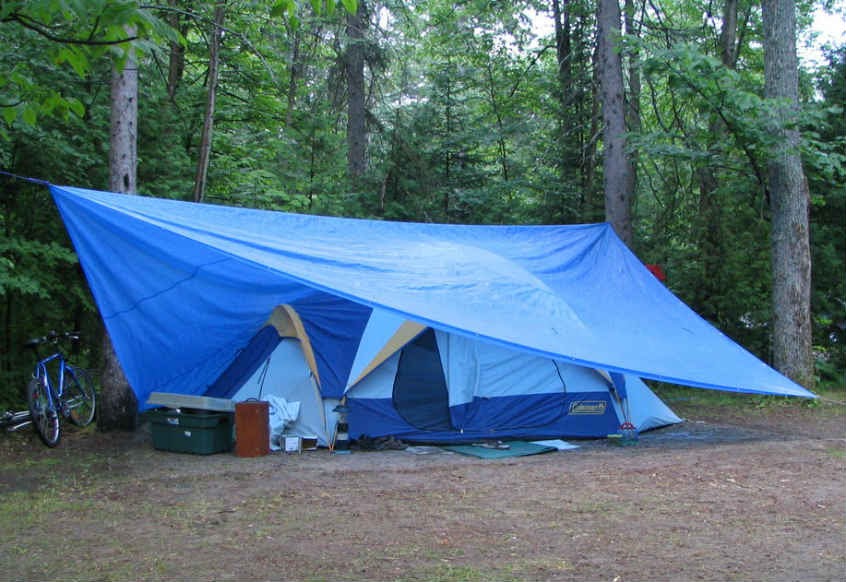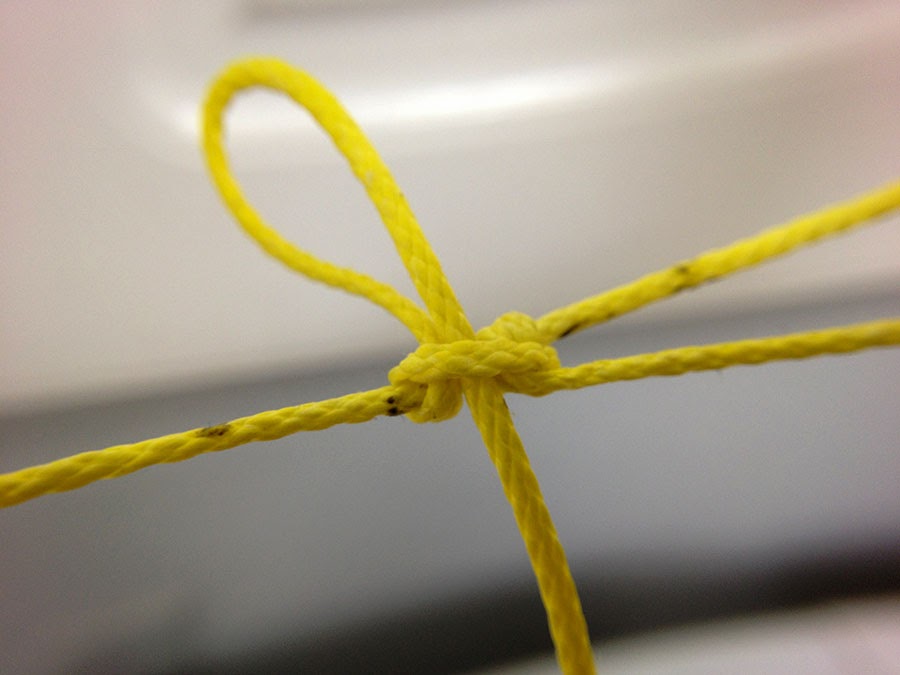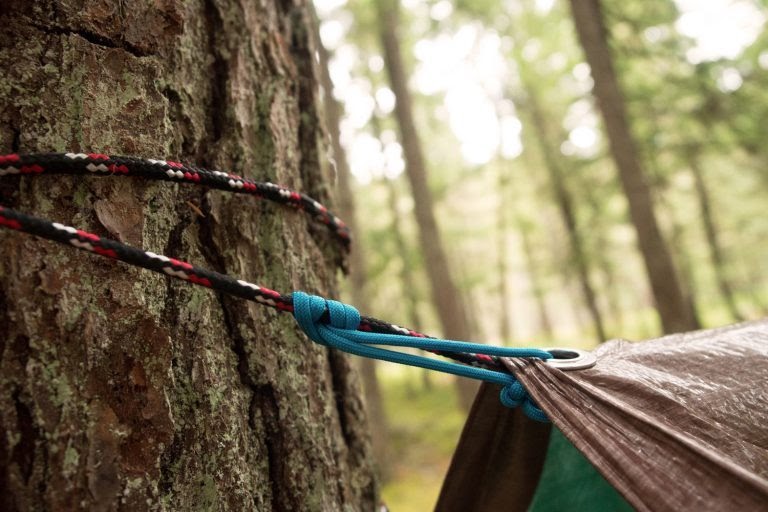As camping becomes more and more popular and important in the spiritual life of many people, camping equipment is given more attention. Recently, after experiencing the Covid-19 pandemic, we see that people like to go camping more and more, everyone wakes up early by the lake, goes to the forest to catch the sun, lights a campfire to eat steak with sturgeon in the evening, etc. Camping suddenly became so popular with everyone. Also, it can be said that a camping tent is one of the most important pieces of equipment in picnics and camping. Choosing a tent, how to use it, or how to waterproof a tent are questions asked by many people.
That’s because people increasingly want to “sleep in the forest” in a different way, not “extremely hard” when they have to prepare their own tents, carry things, cook, and light fires like traditional camping. Also, they don’t want to be miserable and upset by sudden rains. Therefore, only waterproofing for a tent can allow people to camp in a very stylish, safe, worry-free way, while still in harmony with unspoiled nature. In this article, we will show you 5 ways to waterproof your tent effectively.
In particular, to be clearer, we’ll give you great information about waterproof tents and then a detailed guide to 5 ways to get waterproof for a tent.
About Waterproof Camping Tent
Stemming from the need to sleep and live in outdoor activities, camping tents with many different designs, sizes, and colors were born in turn and are increasingly improved with more criteria such as a waterproof tent, bottom waterproof, UV resistant, etc. Also, an important criterion is to be very compact, so that it can be easily carried. Therefore, the material used to make the tent must also be light, foldable and waterproof.
The original camping tent was very popular and simple with a waterproof fabric covering the top. This cloth will be put up on the poles and stretched in an A shape so that rainwater can easily flow down the sides in the direction of the roof. This type of tent is often called a tent fly.
However, the tent fly has a disadvantage that rain and wind will easily blow in and mosquitoes also easily fly in. Therefore, to overcome the situation of water splashing on both sides, against mosquitoes and insects, the improved camping tent is sealed in all four corners and gradually smaller towards the top. The tent has both a waterproof bottom and a door with an insect-proof mesh fabric door.
This tent is the type of waterproof tent that many people are using today. With this tent, rainwater will flow from the top of the tent along the tent wall (made of waterproof fabric) to the ground. Living and sleeping inside the tent will not get wet from the rain.
However, this type of camping tent will get hot, and you can’t look outside to see the moon and stars and space at the campsite. So, camping tents continue to be improved with two layers, also known as double-wall tents. The inner layer only consists of mesh fabric on the top and the doors to prevent mosquitoes and easier to see the surrounding space. The outer layer is a rainfly for tents made of rainproof material that can be quickly attached when it rains. This is the perfect waterproof camping tent.
However, camping tents, whether, in their improved form with many different designs and sizes, the tent’s waterproof ability depends mainly on the material constituting the tent.
How Does The Material Of The Tent Affect The Ability To Waterproof?
Currently, the commonly used rainproof cover is polyester fabric coated with PU (a water-resistant substance). The more PU-coated fabric, the better the rain resistance, but if too much PU coating, the fabric will become dry, stiff and very easy to tear.
A less popular material but will increasingly replace PU coated polyester fabric in rainproofing in the near future is PU coated nylon. With these types of tents, PU-coated nylon will bring more durability to the tent, withstand the rain longer due to the longer time of water absorption. However, there is a disadvantage that nylon fabric will make the tent hotter than polyester fabric. In addition, the price of a tent made of nylon fabric is higher than that of polyester fabric.
Can A Tent’s Waterproofness Be Measured?
Currently, the tent’s waterproofness is measured through the PU index. The higher the PU index, the higher the water resistance. However, the water resistance of the tent is not only the PU index but is also based on some specific conditions as below.
Water slide: Rainwater falling on the tent will slide on the tent to the ground, the water slip of the tent will depend on 3 factors. First is the PU index, the larger the index, the better the water repellency. The second is the height of the tent, the higher the tent, the faster it will support water skiing. The third is the shape of the tent, tents with a small top and gradually expanding to the bottom will support the water to slide to the ground faster than tents with a large upper area.
Waterproofing time of tent fabric: Although it is a rainproof fabric with PU coating, it only resists water for a certain period of time. After a period of rain, the water begins to seep into the fabric and wet the tent. Usually, polyester fabric will absorb faster than nylon fabric.
Sealing seams: The tent is glued with seams to prevent rainwater from seeping into the tent through the seams.
Coverage of the rainfly for tents (for double-wall tents): The rainfly for tents that covers the entire inner layer will prevent rain from leaking in the tent through the seams or the door.
However, in the process of use, you cannot avoid the PU coating fading or the glue on the seam peeling off because your tent has been used for too long. There you need to take methods to waterproof it. Or if you have the unfortunate situation of buying a poorly waterproof tent, you can also solve the question of how to waterproof a tent by the ways below.
Before Waterproofing A Tent, What Should You Keep In Mind?
Before doing the 5 ways that we show you below, you need to make sure that your tent is clean. Also, I’m sure not all of you know how to properly clean a tent without damaging its waterproofing.
First of all, regarding the proper time to clean, you should ensure that your tent is cleaned periodically, especially before and after each camping trip. When camping, it is inevitable that dirt and mud will stick to the tent, especially if it rains, it becomes even worse. Therefore, you need to wash the tent immediately after camping trips or if possible, you should take advantage of washing the tent right at the camping site to avoid long-lasting dirt and dust, which will be difficult to wash off.
It is important to note that we cannot wash the tent with a washing machine. If we wash the tent with a washing machine, the washing machine will destroy the waterproof or sun protection ability of the tent, and the tent fabric will become wrinkled. Instead, you should gently wash the tent by hand, washing by hand will ensure the newness and durability of the tent fabric.
Furthermore, all handling and all tools used during tent cleaning should be as gentle as possible. We should use a sponge soaked in soap solution and gently wipe and rub over the stains on the tent. It is recommended to choose a soft sponge so as not to cause scratches to your tent. Also, the soap solution should also be a non-detergent soap, avoiding products such as dishwashing liquid, conventional laundry detergent, etc.
Also, if your tent has mold, don’t worry, use a sponge soaked in a soapy solution and rub it over the mold. If you still can’t get rid of mold, you can use specialized fungicides and deodorants. Remember to deal with mold on your tent quickly and thoroughly. The longer you leave the mold on, the more your tent will smell.
Last but not least, to avoid mold, you must let the tent dry completely before folding it up and storing it. Normally, if the tent is completely wet, you have to let it dry for 24 hours to completely dry it.
Materials To Waterproof A Tent
Necessary materials:
- Camping tent
Alternative materials:
- A long enough paracord
- A tent rain cover or a tarp
- Some wooden stakes
- A hammer
- Some pieces of wood
- A kind of tent waterproofing spray
- Towels
- A bucket
- A kind of tent seam sealer
- A small brush
- A waterproof tape
- A piece of parchment paper
- Clothes iron
- Mineral spirits
- A caulking gun
- 100% clear silicone caulking
- A mixing container
Detailed Guides On How To Waterproof A Tent
Here are 5 ways you can make your tent waterproof. There is not the most important and least important way. Depending on the needs of each person and the situation where you will be camping, you can apply the most suitable way for you.
Way 1: Use The Tent Waterproofing Spray
Step 1: Set Up The Tent
Put up the tent so that you don’t miss a spot during the spray coating process.
Step 2: Clean The Surface Of The Tent
Dip a towel in a bucket of water, wring it out and wipe off the surface of the tent to clean it.
Step 3: Spray A Waterproof Layer On The Entire Surface Of The Tent
Use a kind of tent waterproofing spray to spray the entire surface of the tent.
Note that you should keep the tent waterproofing spray at least 30cm away from the surface of the tent, it will be easier for you to spray the entire surface of the tent.
Step 4: Wipe The Surface Of The Tent Again
After spraying, you wait about 2 minutes for it to set evenly on the surface of the tent. Then, use the damp cloth to wipe the entire surface of the tent to make the waterproof layer spread evenly on the surface of the tent as well as remove the excess coating.
Step 5: Dry The Tent
You just let the tent dry, and you’re done with waterproofing your tent with tent waterproofing spray.
Way 2: Use Tent Seam Sealer
Step 1: Spread The Tent Out On A Flat Surface
Spread the tent out on a flat and dry surface so you can easily proceed to the next steps.
Note that you should spread the tent so that the outside of the tent is above, and the inside of the tent is below.
Step 2: Remove The Old Tent Seam Sealer
You can either peel off the old tent seam sealer by hand or use a towel dipped in a little alcohol to make it easier to remove the old tent seam sealer.
Step 3: Set Up The Tent
You can put the tent up so that you can easily apply the tent seam sealer to all seams.
Step 4: Apply Tent Seam Sealer
You proceed to apply a layer of tent seam sealer on the seams. Some tent seam sealers come with a sponge or brush applicator for easy application. However, other tent seam sealers don’t have application tips but are just regular tubes, so you need to use a brush to apply it all over the seams. The more careful and meticulous you do this step, the better its waterproofness will be.
Step 5: Let It Dry
You need to wait for the tent seam sealer to dry completely before you can put the tent away. Waiting time depends on the thickness of the tent seam sealer you buy.
Way 3: Use Waterproof Tape For Seams
Step 1: Clean The Seams
Completely remove old tent seam sealers by peeling them off or wiping the seams with alcohol wipes.
Step 2: Put The Tape On To The Seams
You just lay the tape on all the seams of your tent and don’t miss any seams.
Step 3: Put The Parchment Paper On The Top Of It
Layout the tent on a flat surface and then put the parchment paper on the top of the seam to which it has DIY waterproof tape.
Note that you should only use parchment paper, if you use wax paper, it will melt.
Step 4: Iron The Seam
Proceed to iron on the parchment paper. You need to apply some pressures to make DIY waterproof tape stick to the seam easier.
Note that for best results, you should set your iron to 3/4 of the hottest setting and wait for eight to ten minutes. You proceed to iron like this for the entire seam of the tent.
Way 4: Use DIY Tent Seam Sealer
Step 1: Clean The Seams
Completely remove old layers of tape or seam sealer by peeling them off or wiping the seams with an alcohol wipe.
Step 2: Create DIY Tent Seam Sealer
Take one part silicone and one part mineral spirits mix together to form a mixture of 50% silicone and 50% mineral spirits. You keep mixing until these two ingredients become the evenest mixture possible.
Step 3: Set Up The Tent
You proceed to put up the tent so that you can easily apply the seam sealer to all the seams of the tent.
Step 4: Apply DIY Tent Seam Sealer
Apply DIY tent seam sealer to the entire seam of the tent with a brush. Please do not miss a single seam and apply carefully!
During the application process, if your sealer is dry, you can add mineral spirits and mix well, the mixture will loosen for you to apply easily.
Step 5: Wait For The Sealer To Dry
Wait for the sealer to dry completely before you can fold the tent.
Way 5: Use Tent Rain Cover Or Tarp
Step 1: Choose A Place To Set Up Tent Rain Cover Or Tarp
Choose a place with 2 sturdy trees to put your tent rain cover or tarp up. We do not plant poles, but we have to choose trees because they will be more stable when it rains.
Note that the space between the two trees should be enough for you to be able to put a tent rain cover or tarp up and set up a tent under it. Also, the larger the tent rain cover or tarp, the less rainwater will splash in.
Step 2: Stretch The Paracord
Stretch the paracord to make sure it’s long enough that you can tie its ends to 2 different trees.
Step 3: Tie The Two Ends Of The Rope To These Two Trees
Proceed to loop one end of the rope around the tree at the right height (about 5-10 cm higher than your tent) and tie the rope so that your slippery knot is as strong as possible.
Then, you proceed with the same steps to tie the other end of the rope to the other tree.
Note that you should tie the rope in a slippery knot (like the picture) so that your untie process can be faster when you want to put the camp down.
Step 4: Hand The Tent Rain Cover Or Tarp
Stretch the tent rain cover or tarp out (this step is easier to do if done by 2 people). Make sure to put the tent rain cover or tarp on the right side, the waterproof side will be on top, and the other side will be on the bottom. Then you proceed to put it on the rope. After putting it up you have to align the two sides of the tent rain cover or tarp so that it has the same length.
Step 5: Hold The Tarp Firmly On The Rope Through Knots
To keep the tarp from sliding on the rope, you proceed to take a short rope and tie it in a prusik knot (like the image above) on the rope you have strung. You need to pull it neatly. Then you thread the remaining end of the string into the grommet on the tarp. Then you tie that end with the other remaining end of the rope firmly.
Next, do the same for the other side of the tarp on the rope.
Step 6: Stake Out The Tarp
You take another rope, tie a loop in the top of it, tie it in a slip knot. Stick it through a grommet in one corner of the tarp and put another piece of wood through the loop. Then, you pull it back to where you want it. Make another slip knot through the stake and stake it down on the ground by a hammer.
You do the same thing for the other 3 corners of the tarp. You then proceed to set your camping tent up under the tent rain cover or tarp.
You’re done with waterproofing your tent with a tent rain cover or tarp!
https://www.youtube.com/watch?v=XiLeIv7y0KE
Conclusion
Camping becomes the choice of many people and not everyone wants to suffer because their tent is leaking rainwater. People are looking to newer forms of experience, to act, and to grope more. Waterproofing tents is a simple way to extend the life of your tent. Also, it prevents your tent from getting moldy.
However, all waterproofing methods need to be meticulous. Hope that you guys can find the one that works best for you through 5 ways to waterproof a camping tent and practice it, so your camping trip won’t be plagued by rainwater.
In case the above methods are not waterproof for your tent, you may need to buy a new tent because your tent is too old to be waterproof.
Most importantly, each camping participant needs to be proactive and highly aware of environmental issues as well as skills in handling, cleaning, and protecting the environment when camping. Additionally, everyone also needs to be equipped with other knowledge such as handling skills in the wild so as not to endanger themselves.
In addition to how to waterproof a tent, if you have any other questions please comment below. We will be happy to answer any questions and provide you with useful information.

